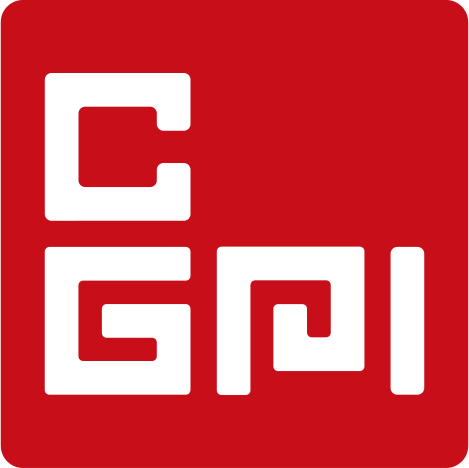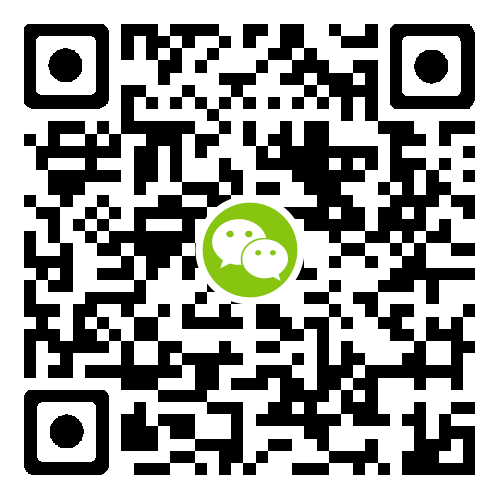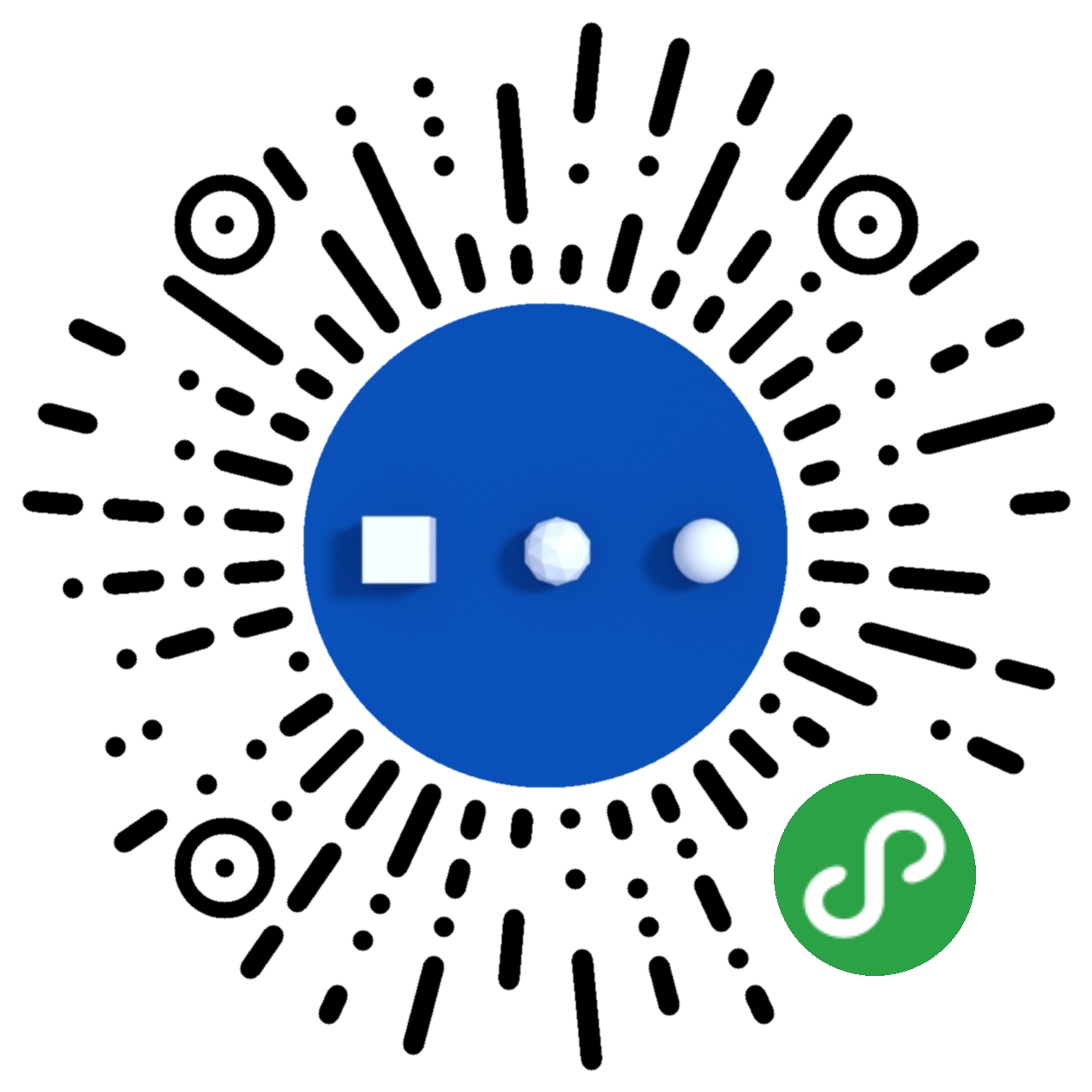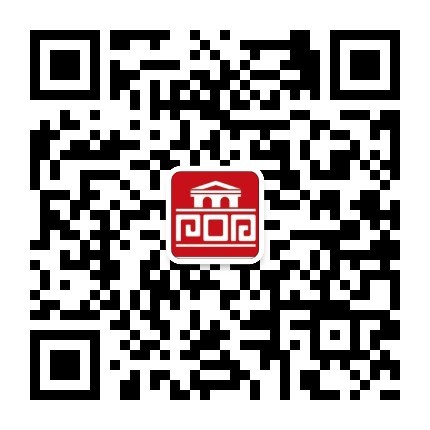荷兰水务局将废水视为可再生资源、原材料和清洁水的来源,而不是需要清除的副产品,废厕纸则是水务局回收的原材料来源之一。荷兰艺术家Nienke Hoogvliet受邀与荷兰水务局一起合作完成的“ 再生厕纸家居系列”,包括吊灯、大号餐桌和工艺品碗,展现了厕纸再生材料如何融入日常生活。 这种创造旨在帮助再生材料在人印象中产生积极联想。清洁后的纸浆变成了特别的手工制品。除了纤维,荷兰水务局还从废水中回收能源、磷酸盐和其他材料。桌子的八个抽屉里各有一种回收的材料。
每年荷兰要冲走18万吨厕纸,也就是18万棵树。在设置精密的滤网之前,剩余物要被焚烧。重新使用纤维化合物不仅意味着少伐树,也让清洁水的过程能耗更少。

Innovation | Will you use the bowls made from used toilet paper?
The Dutch Water Authorities no longer see wastewater as just a by-product that needs to be cleaned but as a valuable source of renewable energy, raw materials, and clean water. One of the raw materials they retrieve is used toilet paper. Studio Nienke Hoogvliet has started a project called Waterschatten (Water treasures), which consists of several objects made from toilet paper, consisting of a big table, lighting, and decorative bowls to show how this material can be integrated into our homes. The goal of the project is to create a positive association with this material. Therefore the cleaned pulp was made into unique, handmade products. Besides cellulose, the Water Authorities can also reclaim energy, phosphates and other materials from wastewater. To show all the possibilities, the tables consist of eight drawers. Every drawer highlights a material.
Every year 180,000 tons of toilet paper is flushed down the toilets of the Netherlands. This means 180,000 trees! Before the installation of the fine sieves, this material was burned. Using this cellulose again, not only means that we need to cut down fewer trees, it makes the process of cleaning the water require less energy as well.
文章来源: dezeen
- 还没有人评论,欢迎说说您的想法!
